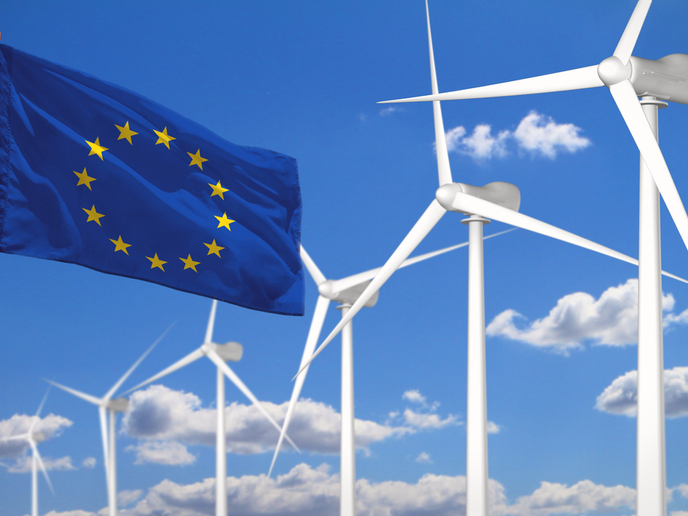Bridging the gap between citizens and smart grid solution providers
As Europe works to reduce its carbon footprint, promote the use of renewable resources and increase energy efficiency, more and more EU countries are turning to smart grid systems. These innovative, advanced and intelligent electrical grids include a range of operation and energy components, including smart metres, smart appliances and advanced grid management tools – to name only a few. Smart grids also involve several stakeholders, from distribution system operators (DSOs) to retailers, aggregators, generators and consumers. The challenge is connecting all these stakeholders to the system in a stable and harmonised way – which is where the EU-funded project InteGrid (Demonstration of INTElligent grid technologies for renewables INTEgration and INTEractive consumer participation enabling INTEroperable market solutions and INTErconnected stakeholders) comes in. Coordinated by EDP Distribuição, a Portuguese DSO, the project is paving the way towards developing and implementing smart grids. “We aim to turn DSOs into enablers of new business where smart grid technology is the core infrastructure,” says Ricardo Bessa, the project’s technical director.
Bridging the gap
In traditional grid systems, electricity is produced at large power plants and then transported to homes and buildings via cables operated by DSOs. In smart grid systems, however, energy tends to be generated locally and connected directly to distribution networks – such as from a solar panel on a roof to a small power plant. These innovative smart grid components are called distributed energy resources (DERs), and their integration, optimisation and management are the main challenges in the smart grid paradigm. InteGrid’s vision is to bridge this gap by providing innovative ways for efficiently managing flexible assets across consumers. “In doing so, investment in grid infrastructure can be deferred and postponed, generating savings for the distribution system and, consequently, lower prices for the consumer,” explains Ricardo Mendes André, a member of European Projects and Policies at EDP Distribuição and InteGrid project coordinator. To accomplish this, the project set out to demonstrate how DSOs can enable different stakeholders to actively participate in the energy market, developing new business models and leveraging new approaches to data management. It also demonstrated scalable and replicable solutions that allow DSOs to plan and operate a network with a high level of DER and a higher degree of societal electrification. “In the InteGrid concept, which is aligned with EU policy trends, the DSO acts as a market facilitator, ensuring the reliability and efficiency of energy distribution through a clean, reliable and cost-effective energy system,” adds Sergio Potenciano Menci, an engineer at the Austrian Institute of Technology, one of the project’s partners. “At the same time, the InteGrid system also empowers the consumer, who serves as a strategic actor in the system and one of its main beneficiaries.”
Demonstrated and validated
InteGrid has been validated at three demonstration sites in Sweden, Slovenia and Portugal. Each site focused on a specific area of the project. For example, in Sweden, researchers worked on home energy management solutions, whereas the Slovenia site developed a virtual power plant. In Portugal, the consumer engagement strategies demonstrated in Sweden and Slovenia came together as the Grid and Market Hub. According to Bessa, this is the project’s key outcome. “It is a multiservice, multi-user service-based platform that bridges the gap between the distribution grid and grid stakeholders – including the consumers,” he concludes.
Keywords
InteGrid, smart grids, renewable resources, energy efficiency, electrical grids, distribution system operators, distributed energy resources







